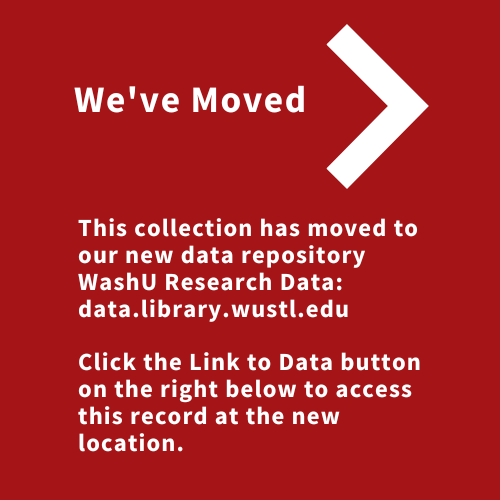The social amoeba Dictyostelium discoideum rescues Paraburkholderia hayleyella, but not P. agricolaris, from interspecific competition
ResourceType
Dataset
DOI
https://doi.org/10.7936/22xe-5g08
Grant/Award Number and Agency
National Science Foundation IOS 16-56756 National Science Foundation DEB 17-53743
funderName
National Science Foundation (NSF)
awardNumber
IOS 16-56756; DEB 17-53743
Abstract
Bacterial intracellular endosymbionts (hereafter called endosymbionts) can provide benefits for their eukaryotic hosts, but it is often less clear if endosymbionts themselves benefit from these relationships. The social amoeba Dictyostelium discoideum is known to associate with three species of Paraburkholderia endosymbionts including P. agricolaris and P. hayleyella. These Paraburkholderia are costly to host because they reduce the number of hardy spores produced by D. discoideum. However, they can be beneficial because they also allow D. discoideum to carry prey bacteria through the dispersal stage to seed new environments where a good bacterial food source may not be available. In laboratory experiments when no other species are present, P. hayleyella benefits from associating with D. discoideum while P. agricolaris does not. However, the presence of other species may influence symbioses like these. We tested if P. agricolaris and P. hayleyella benefit from the presence of their host in the context of resource competition with Klebsiella pneumoniae, D. discoideum’s typical laboratory prey. In the absence of D. discoideum, K. pneumoniae depressed the growth of both Paraburkholderia symbionts, consistent with competition between the bacteria. In addition, we found that P. hayleyella was harmed more by the presence of K. pneumoniae than was P. agricolaris. We also found that P. hayleyella was rescued from competition with K. pneumoniae by the presence of D. discoideum while P. agricolaris was not. This may be because P. hayleyella is more specialized as an endosymbiont of D. discoideum; it has a highly reduced genome compared to P. agricolaris and may have lost genes relevant for resource competition outside of its host.
Rights
http://creativecommons.org/licenses/by/4.0/
Creative Commons License

This work is licensed under a Creative Commons Attribution 4.0 License.
Size
100 kb
Recommended Citation
Medina, James; Queller, David C.; Strassmann, Joan E.; and Garcia, Justine R., "The social amoeba Dictyostelium discoideum rescues Paraburkholderia hayleyella, but not P. agricolaris, from interspecific competition" (2023). Digital Research Materials (Data & Supplemental files). 107.
https://openscholarship.wustl.edu/data/107
Publication Date
2023


